Here’s what you need to know about investing in the micro-living trend.

Tiny Homes, Big Returns
If you’re one of the 52% of Americans who think the economy is poised for a big rebound next year, you’re probably already looking for investment opportunities. One of the safest places to put your money is in real estate, whether that means flipping a fixer-upper or buying a short-term rental.
A promising real estate investment that’s often overlooked is tiny homes. As interest in off-the-beaten-path lifestyles increases, demand for tiny homes has surged. Tiny homes, however, are an unconventional investment, and they are often subject to a confusing patchwork of regulations. Here’s how investors can get big returns from tiny homes.
Choose a Key Location
The key to pretty much all real estate is location, but in the case of tiny houses, geography is even more important than it is for conventional homes.
A recent study by Architectural Digest found that the most valuable tiny homes are clustered in a few areas. Many of these homes are in California, Florida, Texas, and Hawaii—where prices for conventional homes have skyrocketed.
But more affordable states, such as Iowa and Tennessee, also feature high-value tiny homes that offer an exceptional return on investment. The most valuable tiny home in the U.S. is a 399-square-foot home priced at $827,000 in South Carolina, where the median full-sized home costs a fraction of that.
Tiny house investors can profit from either option: investing in high-priced markets where all real estate is appreciating rapidly or finding emerging markets where tiny homes might offer superior returns. There’s a lot to gain from getting into a market early. There’s no easy formula for how to do that, but savvy investors who analyze moving trends, local housing supply, zoning regulations, and other data could benefit from the next big (tiny) thing.
Follow the Demand
Tiny homes are uniquely able to fill a need in the real estate market because they’re small and mobile. In places where housing is scarce, tiny homes can be imported and assembled with very little cost. By that logic, some of the best markets for investing in tiny homes are those where demand far outstrips supply.
Research from Architectural Digest supports this idea. The states with the most tiny homes are California, Texas, Oregon, Colorado, and Washington. All those states have booming real estate markets that have seen astronomical increases in home values.
Get a Free Multifamily Loan Quote
Access Non-Recourse, 10+ Year Fixed, 30-Year Amortization
Build from Scratch or Buy Prefabricated
There are a lot of high-quality prefabricated tiny homes in the mid-five figures available on the market. Price may not be a concern if you’ve secured investment property loans, but if you’re using your own money, tiny houses can be built for significantly less if you do it yourself.
The scale of your investment will have a big influence on this decision. If you plan to establish multiple tiny home communities in multiple states, you likely won’t have time to build them all yourself, even if you work with a trusted contractor. Prefabricated tiny homes probably make more sense, especially if you have the capital on hand.
The DIY approach might make sense if you’re starting slow with one tiny home and have a restrictive budget. Building one yourself will also help you decide whether this type of investment is one you want to commit to long term.
You’ll also want to consider whether your tiny homes will be fully mobile or if they’ll be permanent and stationary. Many tiny homes are built on platforms that can be easily hooked to a truck and moved elsewhere. Others sit on a permanent concrete foundation just like a conventional home.
Each type of tiny home comes with different costs and construction requirements. If you’re on the fence, it’s fairly easy to buy a used tiny house, which you can renovate and refresh before putting it into use.
Understand Tiny Home Appreciation
Tiny homes generally don’t appreciate at the same rate as conventional homes for a few clear-cut reasons.
First, when a conventional home appreciates, it’s not just the structure that’s getting more valuable—it’s also the land the home sits on. Many, or even most, tiny homes are fully mobile, so there’s no land to appreciate.
Second, many tiny homes are built with affordability as the guiding principle. That means they end up indifferently designed and constructed with subpar materials and cheap finishes. A tiny home like this isn’t well-positioned to increase in value.
This points to an obvious opportunity for tiny house investors. The most valuable tiny homes are well-designed and meticulously constructed. If you want your tiny home to appreciate, you have to put thought and money into it on the front end.
Research Zoning Laws
Tiny homes fall into a gray area of legality. They’re not conventional homes, but they’re not quite mobile homes either. That means investing in tiny homes requires some careful legal research and consultation with local professionals. It’s harder than investing your money through an investing app, but it can also yield much higher returns.
There are some states you’ll want to avoid entirely. A recent ranking of tiny home-friendly states found that New York, New Jersey, Louisiana, Alaska, Wisconsin, West Virginia, Iowa, and North Dakota have the most restrictive laws regarding tiny homes. Make sure you understand the laws before putting your money on the line if you plan to invest in these states.
On the other end of the spectrum, Vermont, Montana, Minnesota, Maine, Arkansas, and Kentucky have some of the friendliest laws in the country. The scattershot nature of these laws is apparent when you look at the best and worst states. Minnesota, which has some of the friendliest tiny home regulations, is adjacent to Iowa and Wisconsin, which are two of the worst.
Source: Think Realty


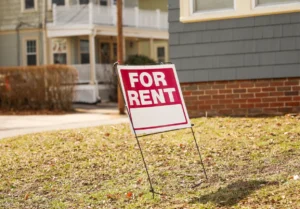
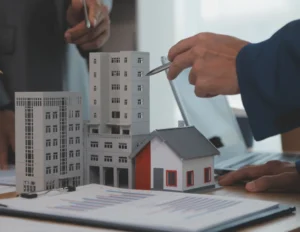
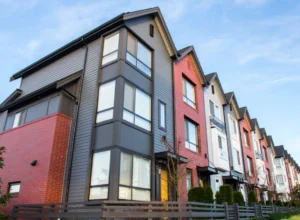

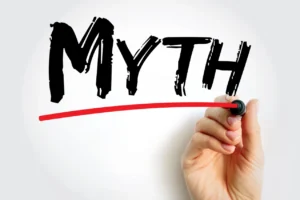
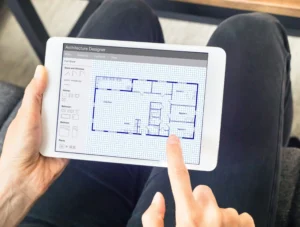





 Accessibility
Accessibility